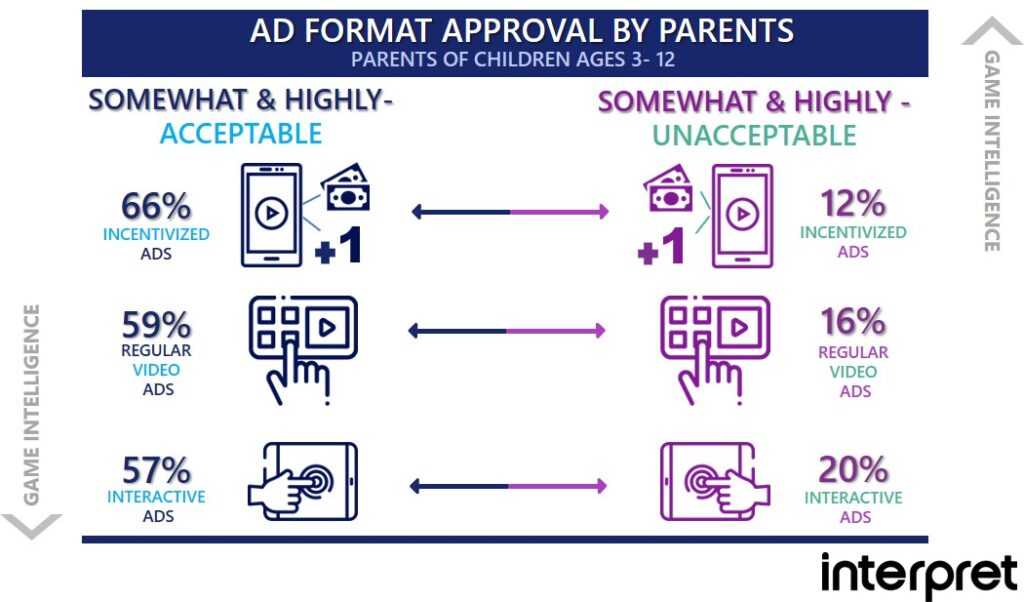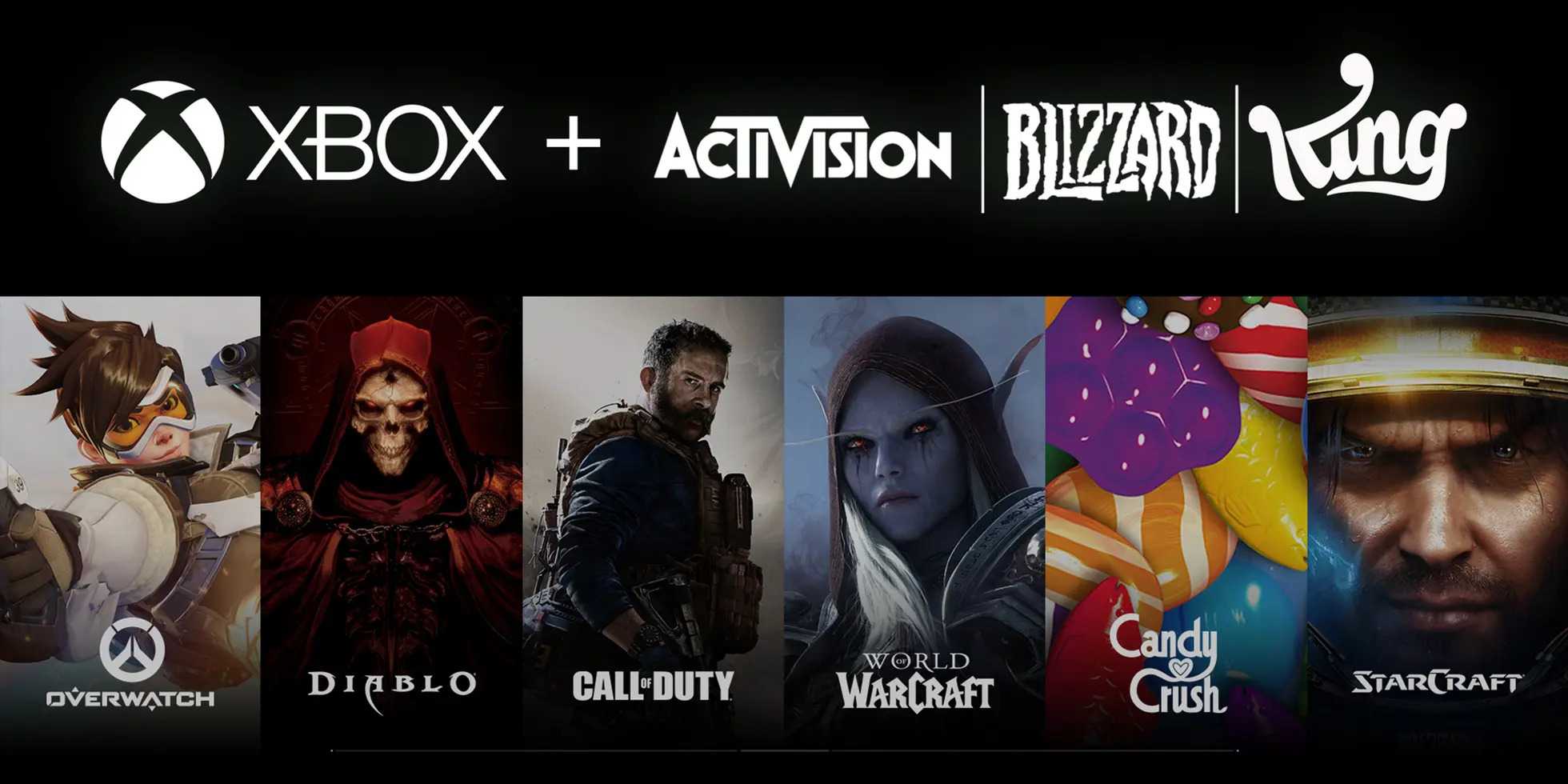Parents Show Varying Acceptance Levels of Ads Shown to Children
“The advertisement economy is booming, and represents more than 30% of the mobile industry’s revenue. While most games do not specifically target a younger audience, nor track their in-game behaviors, we know they represent over a fourth of all mobile revenue and holds less true, but not considerably, for in-app advertising revenue.
In-game advertisement is a great revenue generating strategy, and most parents prefer their children see ads over making direct monetary in-app purchases. Overall, less than 13% of parents would prefer their children make in-app purchases over seeing advertisements.
Additionally, interactive ads have become the new go-to format for game publishers and advertisers. They consistently produce the highest conversion rates among all ad formats. Parents, however, rank interactive ads with the highest disapproval rating. Their interactivity by nature, which is impressive technologically, is concerning to parents and something publishers and advertisers should take into consideration.
Even looking outside of in-game advertisement, GameByte is designed to track the perception and attitudes of the young gamers of today, but also to provide a forward-looking perspective of our future teen gamers. Through our seven years of research in the children’s gaming market, we have found that as they age into the 13+ category, they hold a lot of the same traits, preferences, and behaviors as they did when they were younger. Getting a jump start on understanding a segment that will steer the direction of our industry is necessary to the future success of publishers and advertisers”
– Jesse Divnich, VP of Research & Strategy, Interpret
ADDITIONAL DATA
- Incentivized ads have the highest approval rating among parents (66%), followed by regular video ads (59%), and lastly interactive ads (57%).
- Among parents who indicated disapproval, incentivized ads had the lowest disapproval rating (12%), following by regular video ads (16%), and a distant third, and the highest, interactive ads (20%).
- Parents are more comfortable with ads as their children get older, the average disapproval rate among all ads drops among parents from 20% (kids aged 3 to 5), 16% (kids aged 6 to 9), and 14% (kids aged 10 to 12).
- In terms of interaction, 31% of children indicate they regularly engage with interactive ads when shown within mobile games, while 47% state they never or rarely engage with interactive ads.
- When asked, 50% of parents prefer their children watch an in-game advertisement to spending real money with in-app purchases to receive items or accelerate progression. Only 13% of parents would prefer to spend real money compared to viewing in-game advertisements. The rest (37%) have no preference.
- Children indicate that in-game advertisement is a more used source for new game discovery (14%) than streamers, celebrities, and social influencers (10%); however, is still far behind friends (49%) and family (45%).








